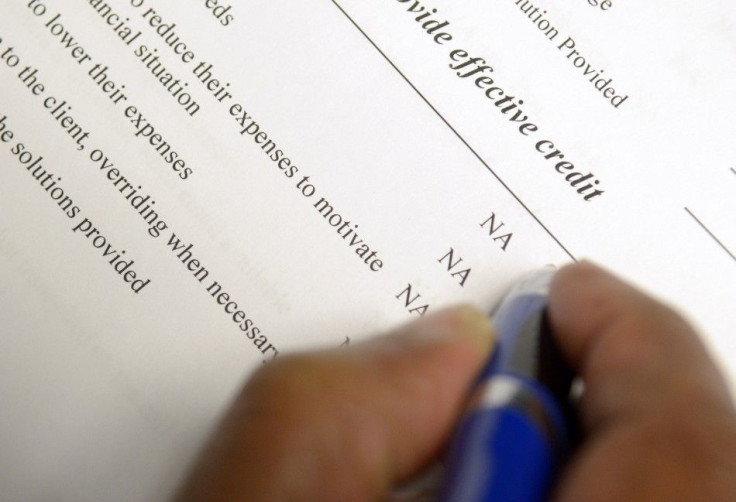Consumer Debt Fell in Third Quarter, Fed Reports

More consumers are pulling back from the housing market, which pushed down their debt levels during July through September, the New York Federal Reserve said Monday. The Fed's effort to make credit cheaper and more available will do little to stimulate the economy if demand for such credit is weak.
For the third quarter, overall debt loads for households dropped $60 billion to $11.66 trillion, a 0.6 percent decrease from revised second quarter findings of $11.72 trillion, the Fed's latest Quarterly Report on Household Debt and Credit shows.
Mortgage balances on consumer credit reports fell by $114 billion or 1.3 percent over the third quarter, while home equity lines increased by $14 billion or 2.3 percent.
"The decline in outstanding consumer debt reveals that households continue to try and deleverage in the wake of a challenging economic environment and large declines in home values," said Andrew Haughwout, vice president in the Research and Statistics Group at the New York Fed. "However, our findings also provide evidence that consumer credit demand continues to increase, a positive sign for consumer sentiment."
Non-real estate borrowing now stands at $2.62 trillion, about 1.3 percent above its second quarter level. And overall delinquency rates increased to 10 percent as of the end of September, compared with 9.8 percent at the end of June, the bank said.
Meanwhile, new foreclosures decreased 7 percent quarter over quarter and bankruptcies declined 18.8 percent year over year.
Aggregate credit card limits declined by about $25 billion, slightly offsetting increases from earlier this year.
© Copyright IBTimes 2024. All rights reserved.






















